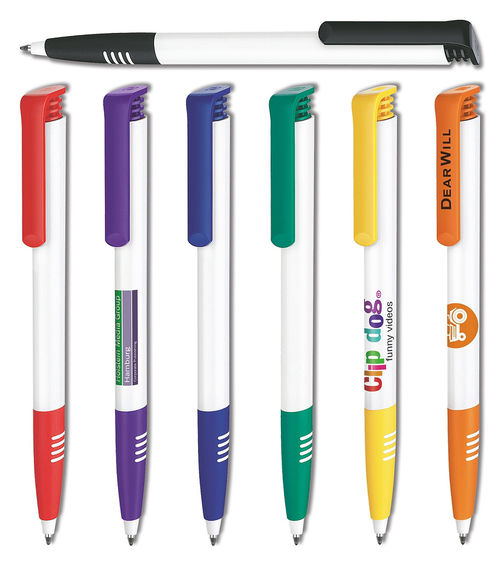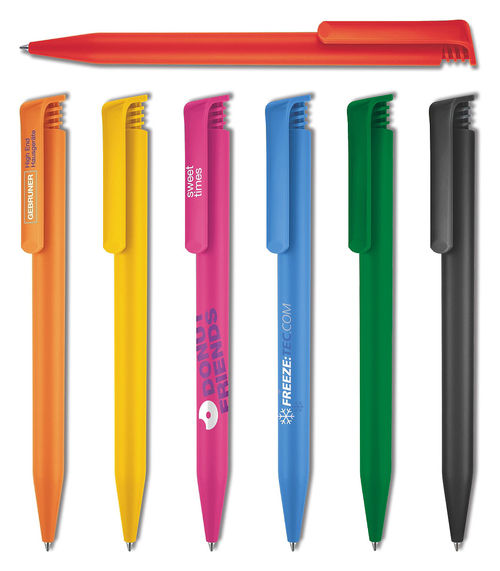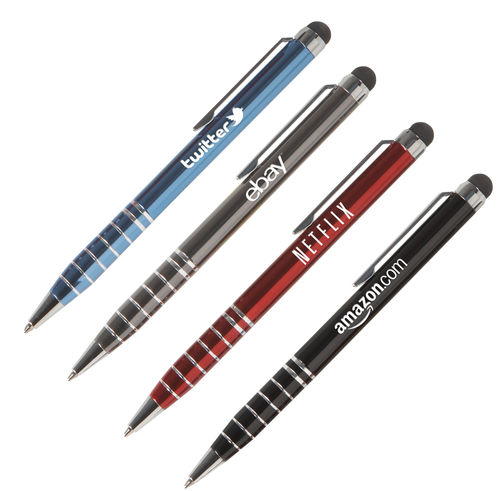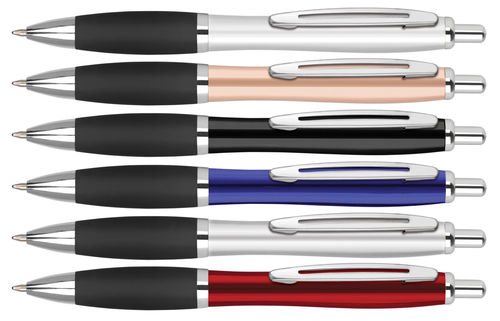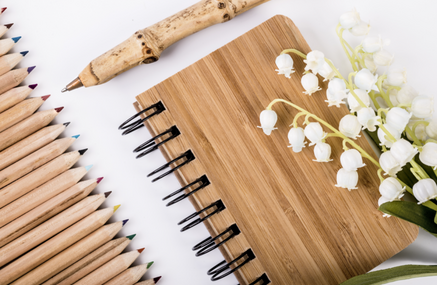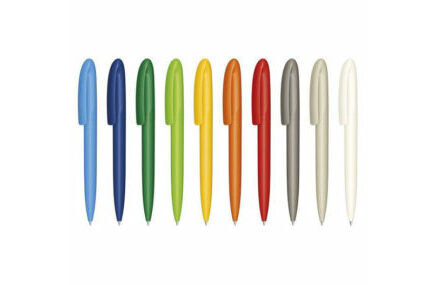-
Free Visualwith every order
-
Low Minimum Orderstarting at just 50 units
-
Easy Artwork Uploadall formats accepted
-
Free Artwork AssistanceFrom our in-house team
A History of the Ballpoint Pen
In an age where technology has taken over our lives, from making notes on our mobile phones to recording our daily achievements on social media rather than in a diary, we often take for granted the importance of having a pen. Even with the mass of computerised accessories on offer, we still often require the use of a pen. Making a note of something when we are speaking on the phone for example, even though this is typically when a pen is nowhere to be found! Have you ever wondered where the mighty ballpoint originated from and who that clever inventor was?
There were a few attempts at creating a ballpoint pen before one was seriously established. One of these failed inventors was John J Loud, a Harvard educated lawyer from America, who in 1888 found that pencils were not suitable for his leather tanning business, where he would need to write on difficult surfaces. His effort was not commercially viable as it was too rough for writing on paper, resulting in the patent lapsing and the door opening up for other inventors to find a solution.
Most inventors found common problems in their designs. There was a difficulty in getting the ink to distribute evenly, with blotting and clogging not far behind. Close attention was needed to find the perfect springs, ink reservoirs and a way to control the ink flow. It wasn’t until the early 20th century that a usable ballpoint was created, by a Hungarian newspaper editor called Laszlo Biro.
Noticing that his newspaper ink press left no smudging or blotting, Laszlo worked with his chemist brother to combine a quick drying ink with different ball mechanisms. Their creation required no refill, had no leaking nib and would last for much longer. They first displayed their new pen at a Budapest trade fair in 1931 and quickly applied for a patent to protect their design. In 1941 they opened a ballpoint pen factory where they could manufacture and distribute their pens, which were then known as a birome. During the second world war the British RAF ordered large quantities of these pens, due to the older fountain pen design having a leaking problem when flying at high altitudes.
After the war there were dozens of people who tried to copy and improve on Laszlo’s ballpoint design. The market soon became overloaded, particularly in America where companies such as the Reynolds International Pen Company and Eversharp made claims against each other, fighting with lawsuits over patents.
To this day there are many different versions of the ballpoint pen, all using a ball at the point which rotates and moves effortlessly across the page, thanks to Laszlo Biro.
Here are 5 of our favourite ballpoint pens that are available now on Pens Unlimited and can be personalised with artwork of your choice.
Touch & Write Twist Metal Stylus Pen
This stylish and slim metal pen is great for people who write notes and use a tablet, with a useful stylus at one end and a precise ballpoint at the other.
Super-Soft Basic Retractable Pen
A standard retractable ballpoint pen, this has a soft grip, a variety of colour choices and is supplied with black ink.
Super-Hit Matt Retractable Pen
This is a vibrantly coloured retractable ballpoint pen, which offers a stylish matt finish and a choice of 7 funky colours.
Liotta Tablet/Smartphone Metal Stylus Pen
The Liotta has two functions. One end is a precision tipped ballpoint pen with black ink and the other is a silicone stylus, perfect for navigating your touch screen with ease.
Image Curvy Metal Retractable Pen
A high quality promotional pen, this is metallic with a soft, rubber grip and a barrel that is available in 6 vivid colours.Browse our wide range of pens to find the perfect one for you that can be customised with artwork of your choice.
Sources
http://www.historyofpencils.com/writing-instruments-history/history-of-ballpoint-pens/
https://www.pens.com/blog/the-inventor-behind-the-modern-ballpoint-pen/
https://www.thoughtco.com/ballpoint-pens-laszlo-biro-4078959

